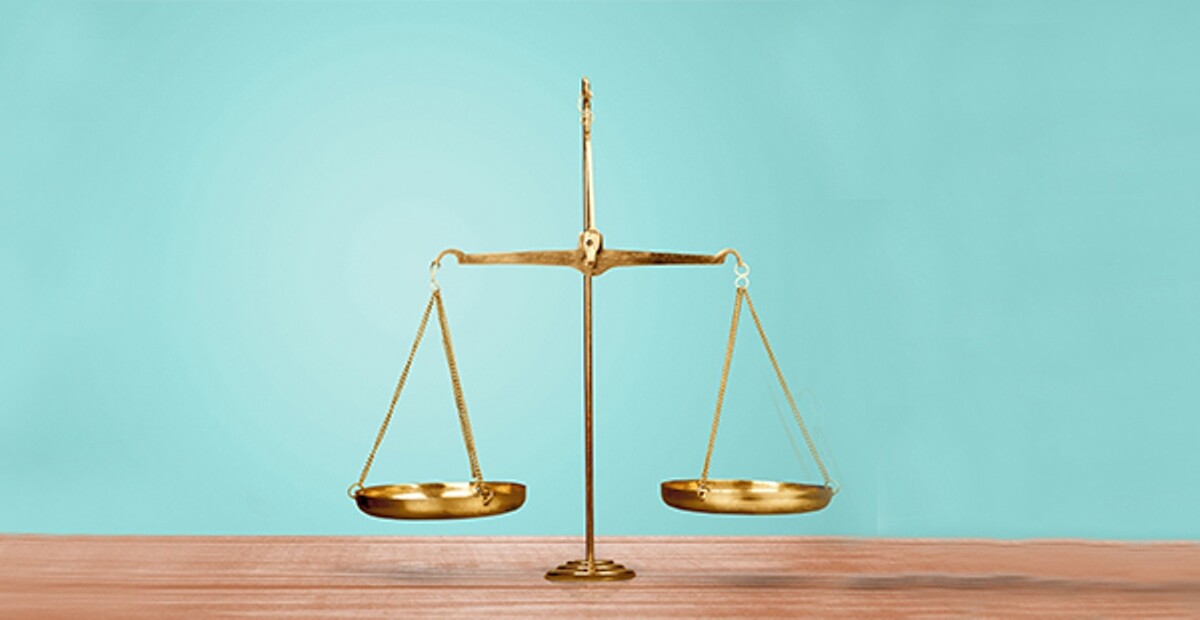In the past, banks and financial institutions had difficulties recovering loans they had advanced to individuals or businesses. In India, non-performing assets (NPAs) and bad loans are a constant source of trouble for banks. Prior to 1993, such cases were often listed in civil courts, where they would drag on for years.
As a result, banks and financial institutions stopped advancing loans. In order to recover the money from borrowers, an effective system was needed. The Recovery of Debts Due to Banks and Financial Institutions Act (RDDBFI), 1993 led to the formation of Debt Recovery Tribunals (DRTs).
The Recovery of Debts Due to Banks and Financial Institutions (RDDBFI) Act was passed forming the Debt Recovery Tribunal to assist banks and financial institutions in recovering loans. Appeals from Debt Recovery Tribunal orders can be made to the Debt Recovery Appellate Tribunal. It is now possible for DRTs to take cases against banks for disputed loans over Rs 20 lakhs.
What are Debt Recovery Tribunals (DRT)?
- In DRTs and DRATs, one person is designated as the presiding officer for the Tribunal and the chairperson for the Appellate Tribunal by the Central Government.
- There is no limit to what DRTs can do, as they are empowered to pass comprehensive orders beyond the Civil Procedure Code. This court is able to hear cross-suits, counterclaims, and set-offs.
- Claims up to ten lakh rupees were able to be adjudicated by DRTs. A new limit of twenty lakh rupees was introduced in 2018.
- In the case of debt recovery disputes, the DRT issues an order and a Recovery Certificate, which certify the amount that must be paid by the borrower. Recovery Officers execute this procedure according to income tax recovery procedures.
- Currently, 39 DRTs and 5 DRATs exist.
The role of DRTs
Through DRT, banks, and financial institutions can recover money owed to them by borrowers. Under RBI guidelines, the Tribunal can only resolve cases pertaining to recoveries from NPAs, as stated by the banks. Tribunals have all the powers of District Courts. Furthermore, the Tribunal has a Recovery Officer who assists the Presiding Officers in executing recovery certificates. It was important for DRT to resolve the cases as soon as possible and implement its decisions as quickly as possible.
DRT jurisprudence
As per section 17 of the RDDBFI Act, DRT may entertain applications for the recovery of debts due to banks or financial institutions. In addition to the Supreme Court and the High Court, all other Courts cannot adjudicate on matters relating to debt recovery. Only the Supreme Court and High Court can grant relief from the DRAT’s order.
DRT according to procedure
Application filing
A direct application can be made to DRT or a SARFAESI application can be made.
Application Route
Application and payment of the required fees are required for the recovery process through the DRT. The DRT location chosen under this route is important. Currently, 33 DRTs are located in 22 locations. In section 19 of the RDDBFI Act, the prerequisites for choosing a DRT are outlined. In the region where the financial institution carries out business, a bank or financial institution can apply to a DRT with jurisdiction. It is also possible to file an application to a specific DRT if the cause of action falls within its jurisdiction.
SARFAESI Route
Under the Securitization and Remaking for Enforcement of Security Interest Act (SARFAESI), 2002, applications can also be made to the DRT. In order to help secured creditors recoup their dues, SARFAESI believes that their rights should be strengthened. Without the intervention of courts or councils, it outlines the procedure for doing so.
The SARFAESI Act states that after a loan is classified as a Non-Performing Asset (NPA) by the secured creditor, a notice must be sent to the borrower. The borrower must be given a 60-day period to repay the loan in full. The creditor would be entitled, if the borrower did not comply with it, to take ownership of the secured asset under Section 13(4) of the Act, which includes the right to lease the asset, to assume management of the business, or to appoint someone else to manage it.
When collateral assets do not meet creditors’ obligations, DRTs become necessary. Creditors may apply to the DRT in such cases for the recovery of the remaining part of the debt.
According to Section 17 of the SARFAESI Act, borrowers can appeal any action taken by the creditor under Section 13 (4).
Service of summonses and notices
A notice will be issued by the Registrar of DRT or any other officer authorized by the Presiding Officer and served on the defendant by the applicant. As well as the summons, the petition book is also served by hand, registered post with acknowledgment due, or speed post. Summons and Notices may be sent electronically or by fax, but a paper copy must be sent to the defendant. When a summons or notice is sent by mail, an affidavit must specify the method of dispatch and the address of the mailing.
Presiding officer’s hearing of the case
Filing of reply
Responding to the notice within one month of receiving it is the defendant’s responsibility. After some time, the defendant can file a reply with the DRT’s permission. The defendant cannot file his reply after the extension of time, so the DRT may proceed ex parte.
Counterclaims
Defendants can only file counterclaims at the first hearing. The request would then need to be approved by DRT. Counterclaims will have the same effect as countersuits in any proceeding.
Defendant’s admission of liability
An order instructing the defendant to pay the required amount within 30 days of DRT would be passed by the Presiding Officer if the defendant admits his liability.
The affidavit
In situations where the defendant denies his commitment, the Presiding Office may require the parties to him to file an affidavit for proof, which will be read during the hearing according to DRT’s wishes. The DRT may order a witness to be present for cross-examination, which must be recorded, and if the witness is not present at the hearing, the affidavit will not be considered.
There has been an interim order issued by the DRT
Under Section 19(12) of RDDBFI, the DRT may issue an interim order preventing the defendant from disposing of or transferring his property without the Tribunal’s consent. A defendant who disobeys the order may also be imprisoned for a period of three months under Sections 19(12), 19(13) and 19(18) of the SARFAESI Act.
Certificate of Judgment and Recovery from DRT
The DRT would pass the final judgment within 30 days after hearing both parties and their submissions. Within 15 days from the date of judgment, DRT will issue a Recovery Certificate to the Recovery Officer. RC will function in the same way as a civil court’s ruling.
An appeal
In case of a dispute between an aggrieved party and the Debt Recovery Tribunal (DRT), the aggrieved party can appeal against the DRT’s decision within 30 days of the DRT’s decision.
An appeal, however, will not be entertained if the DRT’s judgment was discharged with both parties consent. In the event the DRAT is satisfied that there was a sufficient reason for the appeal, he will entertain it after 30 days.
In the case of SBS Organic Pvt. v. Axis Bank, According to the Supreme Court in Ltd. & Ors., an appeal to DRAT can only be heard on the condition that the borrower deposits 50% of the amount based on the order of DRT, or 50% of the amount owed by the secured creditor, whichever is less. At his discretion, the DRAT may reduce the amount to 25%.
Conclusion
Debt Recovery Tribunals have been established to provide financial bodies with a faster and more efficient method of recovering debts. To appeal against DRT decisions, debt recovery appellate tribunals have been set up. As a result, civil courts have been less burdened.
In India, there are 33 DRTs, but only five DRATs. There is a clear need for more DRTs and DRATs. To speed up the process of recovery, there should also be a fixed time for disposing of the cases. Banks should be able to recover existing loans by enacting efficient laws to improve DRTs.
FAQs on the Functioning of Debt Recovery Tribunals in India
q) How does the Debt Recovery Tribunal work?
Ans: Banks and monetary associations have established debt recovery tribunals (DRTs) to expedite the recovery of debts.
Q) How much can a debt recovery tribunal recover?
Ans: Applicants must file the application with the Registrar whose jurisdiction their bank or financial institution resides at present. There is a maximum of Rs. 1,50,000 for every lakh.
Q) What constitutes a debt recovery plan’s essential components?
- Collection of debts
- Management of cash flows
- Contributions required by law
- Services in litigation




